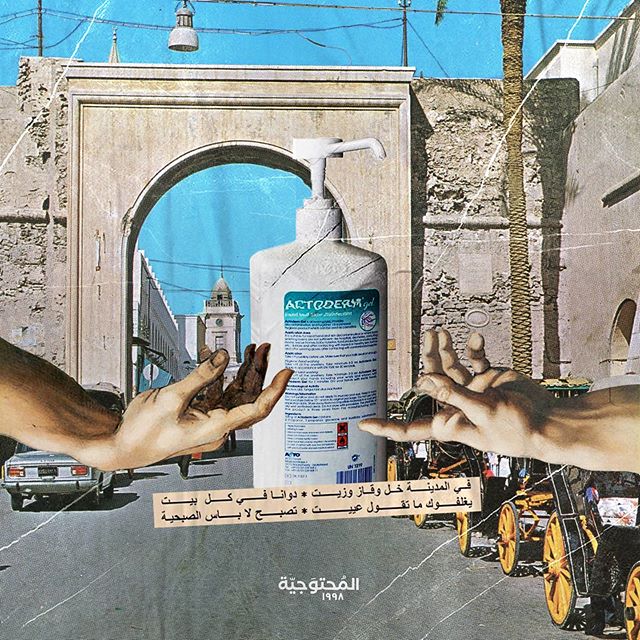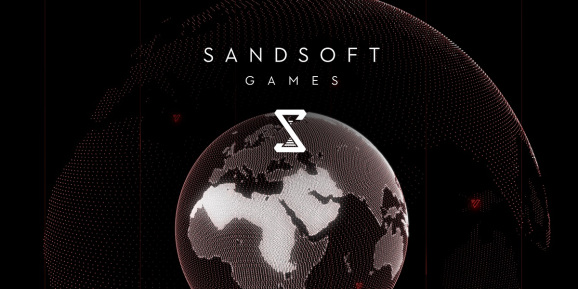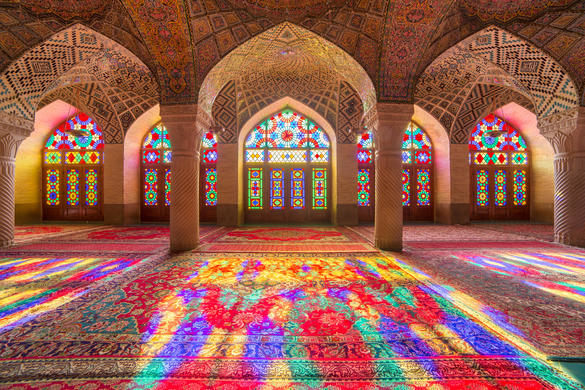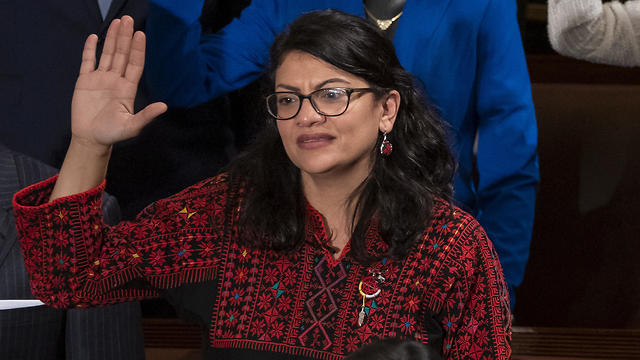Morocco has captivated travelers and artists for centuries. There are countless books and paintings dedicated to the country’s chaotic souks, diverse landscapes, charming people, and incredible cuisine. However, for some Moroccans these portrayals are tired and do not reflect their everyday reality.
Among them are a growing number of young Moroccan creatives who want to show a different side of the country, away from souks and tajines. For photographer Ismail Zaidy, it is about moving away from orientalist imagery and presenting a vision of modern Morocco. Zaidy says, “I try to show our culture and our identity in a way that isn’t so ‘traditional.'”
To do this, Zaidy creates images that place the traditional, often represented by items of clothing such as the djellaba, in bare, modern settings. Zaidy explains, “the photos are taken in Morocco, but it doesn’t have to necessarily look like Morocco, or have art and patterns that people probably associate with Morocco either.” The clean lines and open spaces Zaidy uses are complemented by a palette of light pinks and blues.
Mous Lamrabat is also mixing the modern and the traditional in photographs that combine elements of North African fashion and culture with logos from large Western corporations. In one image a man holds a watermelon slice, a summer staple in Morocco, shaped as the Nike swoosh. In another, produced during the coronavirus crisis, a man wears a McDonald’s fry packet as a mask.
A commentary on the pervasiveness of consumerism, Lamrabat’s photographs fuse the artist’s two cultures, Moroccan and European. It is not all serious though, with the artist explaining that there is a deliberate humor to his work: “I love to laugh, it’s my favourite emotion, there is already so much negativity.”
For Fatima Zohra Serri, who grew up in regional Morocco, her photographs are a means to tackle taboos and the inequality many women in Morocco still face. She says, “addressing women’s rights in my pictures is something that comes from my heart.” The 22-year-old draws her inspiration from her surroundings and the experiences of the women around her.
In one photograph Serri posted on Instagram, a woman stands with only her bare legs and high heels visible, a mirror on the floor showing her torso’s reflection. The woman is wearing a hijab and loose black robe with her face slightly covered. Titled “The two sides of the same coin,” the image is open to a range of interpretations.
View this post on Instagram
The two sides of the same coin. . . . . . #vsco #vscox #vscocam #instagram
Perhaps it speaks to the duality of the female experience in Morocco. Many young women are forced to hide their modern lifestyles from conservative family members. Or maybe it is a comment on the objectification women in Morocco face regardless of whether or not they choose to dress conservatively. Serri does not elaborate beyond the title but the overwhelming positive comments suggest the image is well received by fans.
As growing popularity sees these young artists share their works with larger audiences, the world is getting the opportunity to experience the country through their Moroccan eyes.










